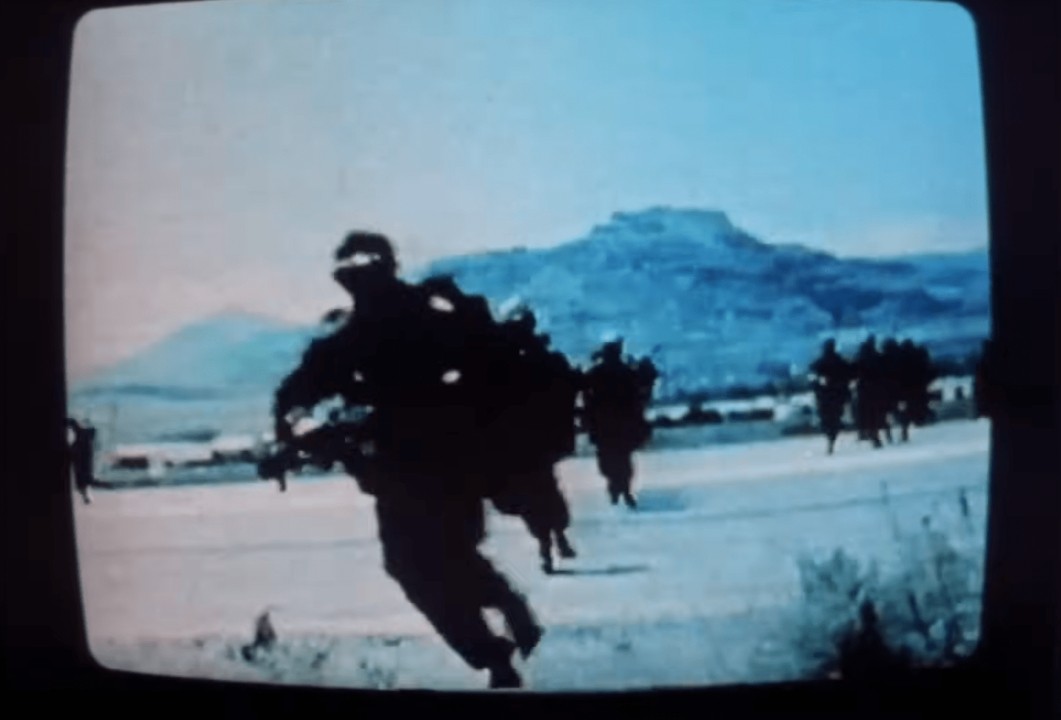UK NEWS – As Halloween approaches, discussions around the scariest films of all time are resurfacing. Among these discussions, Threads, a low-budget production by the BBC, consistently emerges as one of the most unsettling films ever made. Originally aired on BBC Two in 1984, this film, written by Barry Hines and directed by Mick Jackson, has become a hallmark of apocalyptic cinema, known for its haunting portrayal of nuclear devastation.
40th Anniversary Screening
Celebrating its 40th anniversary this year, Threads will be broadcast tonight at 10:15 p.m. on BBC Four, preceded by a brief interview with director Mick Jackson at 10:00 p.m. This screening marks the film’s return to television after decades, inviting a new generation to confront its chilling themes.
The Plot and Its Impact
The film begins in recession-stricken Sheffield, where a young couple, Ruth (played by Karen Meagher) and Jimmy (Reece Dinsdale), navigate the complexities of love and impending parenthood amid escalating global tensions. As the narrative unfolds, the audience is gradually drawn into an impending crisis, amplified by news reports and teletype messages that hint at the looming threat of nuclear war between the U.S. and the Soviet Union.
The film’s turning point occurs when an electromagnetic pulse (EMP) strike devastates electronic communications, followed by a catastrophic nuclear explosion. Viewers witness the rapid collapse of societal order as Sheffield’s residents grapple with the immediate aftermath, from government officials’ panic to ordinary citizens facing unprecedented chaos.
Threads vividly illustrates the horror of societal disintegration, including scenes of panic buying, looting, and violent confrontations over dwindling resources. The film’s unsettling realism is underscored by its scientific accuracy regarding the aftermath of a nuclear strike, further deepening its impact on audiences.
Themes of Desperation and Survival
The film portrays the terrifying descent into anarchy as Ruth, isolated and frightened, gives birth to her child in a world devoid of medical care. The gradual breakdown of civilization is portrayed with stark realism: temperatures plummet, food becomes scarce, and language is lost among the next generation, reflecting a descent into a medieval existence.
Unlike many contemporary films that sanitize or glamorize apocalyptic scenarios, Threads demands that viewers confront the unthinkable. This commitment to realism sets it apart from other nuclear war films of the era, such as the American TV movie The Day After, which, despite its own merits, lacks the raw intensity and unflinching portrayal of consequences found in Threads.
Modern Context and Relevance
The unsettling relevance of Threads is amplified by today’s geopolitical climate, which many argue is more fraught than during the Cold War. Current tensions, particularly surrounding nuclear powers like Russia and Iran, evoke the same fears of annihilation that permeated the film. With Russia facing battlefield setbacks and Iran edging closer to developing a nuclear program, the parallels are striking.
As viewers prepare to watch Threads, they are reminded of the fragility of global peace and the ever-present specter of nuclear conflict. The film resonates with contemporary anxieties, offering a chilling reflection on the potential consequences of human conflict and the fragility of civilization itself.
In conclusion, Threads remains a poignant examination of the human condition under extreme duress. Its impact continues to resonate, making it a vital piece of cinematic history that challenges audiences to reflect on their world and the precarious balance of power that defines it.






